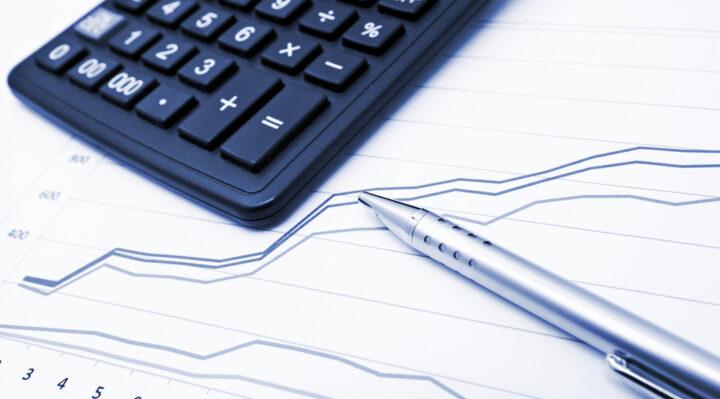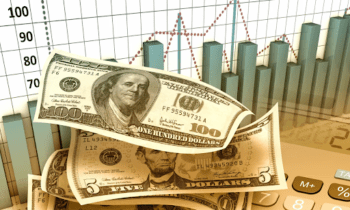Investors need a way to keep score, to understand whether they are doing a good job or not which is why it is important to know what is a good personal investment performance.
Investors forego present consumption in order to increase their future wealth. The first hurdle that they have to beat is inflation. Inflation eats away at your investment return, so your expected return from an investment should, at the very least, be higher than the rate of inflation.
After that, investors have to judge their investment performance against the market. That is easier said than done.

What Is Personal Investment Performance (PIP)?
Personal investment performance (PIP) is a metric made popular by the Thrift Savings Plan (TSP) to estimate your investment return over your fiscal year. The TSP is a 401(k)-style direct contribution plan offered to U.S. government employees.
It adjusts your returns to remove the distorting effects of cash flows into and out of your TSP account.
It is calculated according to a “modified Dietz method”. It is an estimate of your returns, not the actual returns. It is useful because it gives a number to your portfolio’s success and helps investors determine the value of their investment strategies.
PIP Investing Examples
There are five core investment options available in the TSP. Let’s go through some of the fund options, so you can determine which fund is appropriate for you.
The funds are all managed by Blackrock Capital Advisers. They are not publicly traded, although Blackrock offers publicly traded equivalents of some TSP funds through its subsidiary, iShares. Here are the five core funds in order of rising riskiness.
Government Securities Investment Fund (G Fund)
All TSP funds except for the G Fund, are invested in indexes. It invests in non-marketable treasury securities with maturities between a few days and 52 weeks, specially issued by the government for the TSP. The G Fund guarantees a return on principle.
This is the least risky core fund, but it is also the one with the lowest return.
Fixed-Income Investment Index Fund (F Fund)
The F Fund invests in a variety of debt instruments, such as publicly-traded treasuries, government agency securities, corporate bonds, foreign bonds, and mortgage-backed securities.
The F Fund pays a monthly interest that is usually greater than the G Fund’s. iShares offers an equivalent ETF, the iShares Core Total U.S. Bond Market ETF.
Common Stock Index Investment Fund (C Fund)
The C Fund is the most conservatively managed of the funds that invest in the stock market. It invests in the S&P 500 Index, which tracks the performance of America’s largest companies.
It is more volatile than the G and R funds, but also offers higher returns. iShares offers an equivalent ETF in the iShares Core S&P 500.
Small-Capitalization Stock Index Fund (S Fund)
The S Fund tracks the Dow Jones U.S. Completion Total Stock Market Index, which itself tracks the 4,500 firms outside the S&P 500 and which form the rest of the Wilshire 5000 Index. .These smaller firms have the potential to grow at very high rates.
It has outperformed the C Fund, with greater volatility. iShares has no corresponding ETF, so investors who want to create a similar portfolio would have to fold some collection of the Russell Midcap ETF, the Russell 2000 Index ETF, iShares Core S&P Total U.S. Stock Market ETF, and the Russell 3000 ETF.
International Stock Index Investment Fund (I Fund)
The I Fund tracks the Morgan Stanley Capital International EAFE (Europe, Australasia, Far East) Index. It invests at an international level in an established business in 22 advanced economies.
It is the only TSP fund that invests outside of the United States and it has posted higher returns than the C Fund.
An equivalent iShares ETF is the iShares MSCI Europe, Australasia and Far East ETF.
What Is A Good Personal Investment Performance?
As an investor, you should have some kind of benchmark to judge whether your personal investment performance is good or not. There are two hurdles to beat: the first, as we said, is the inflation rate. The second hurdle rate is the market rate of return.
The “market” however, is a very vague concept. The S&P 500 attempts to solve this problem by tracking the performance of America’s 500 largest companies. An S&P 500 index fund is a good gauge of the market’s return. Between 1926 and 2021, the S&P 500 average annualized returns were 10.67%.
Annualized returns are different from PIP because PIP takes investment activity into account. That said, you want your PIP to be equal to or greater than the average annual returns of the S&P 500 over your investment horizon.
Summary
Investors are hungry for ways to protect their wealth from inflation and increase their net worth. The TSP offers one way for government employees to achieve this, and investors who are attracted by its returns can invest in funds similar to those offered by the TSP.
In order to gauge investment performance, the TSP developed the personal investment performance (PIP) metric, which estimates an investor’s performance while taking into account their activity within their plan.
Investors should aim for a PIP that matches or exceeds the annualized return of a benchmark such as the S&P 500, in order to come out ahead.



